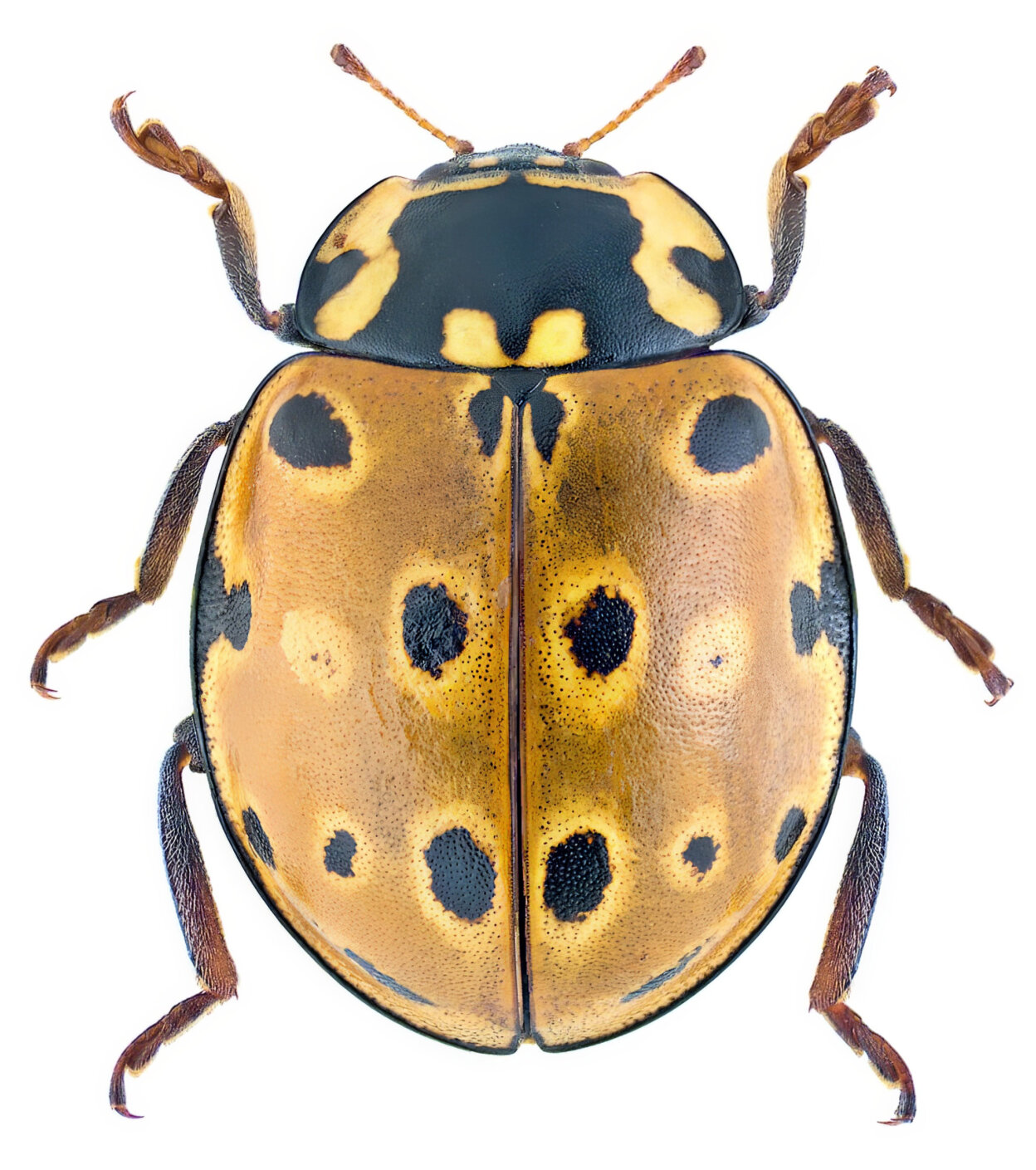Ladybug insect, Coleoptera
Coleoptera
Ladybugs, also known as lady beetles or ladybird beetles, are small insects belonging to the family Coccinellidae. They are widely recognized for their beneficial role in controlling pests and their distinctive appearance. Here are some key facts about ladybugs:
Characteristics
Appearance: Ladybugs typically have oval, dome-shaped bodies with six short legs. They come in various colors such as red, orange, yellow, brown, or black and often feature spots or stripes14.
Size: They range from 0.3 to 0.4 inches (about 8 to 10 mm) in length.
Antennae: Ladybugs have antennae.
Ladybug insect, Coleoptera
Diet and Role
Diet: Most ladybug species are carnivorous predators that feed on aphids and other plant-eating insects like scale insects and mealybugs5. Some species consume plants or fungi.
Beneficial Role: Ladybugs play a crucial role in agriculture by controlling pest populations that can damage crops.
Life Cycle
Egg Stage: Female ladybugs lay eggs near aphid colonies on leaves or twigs.
Larval Stage: The larvae emerge after a few days and feed voraciously on aphids before undergoing several molts.
Pupal Stage: When fully grown, larvae attach themselves to a leaf and form a pupa.
Adult Stage: The adult emerges from the pupa within one to two weeks.
Ladybug insect, Coleoptera
Defense Mechanisms
Ladybugs use aposematic coloration (warning colors) to deter predators by signaling they taste bad. When threatened, they secrete an oily fluid from leg joints that is foul-tasting and may stain surfaces.
Habitat and Behavior
Ladybugs inhabit diverse environments including grasslands, forests, cities, suburbs, riversides—essentially anywhere there is food available for them. During winter months in temperate regions, they hibernate together in large groups often inside structures like homes if entry points exist.

